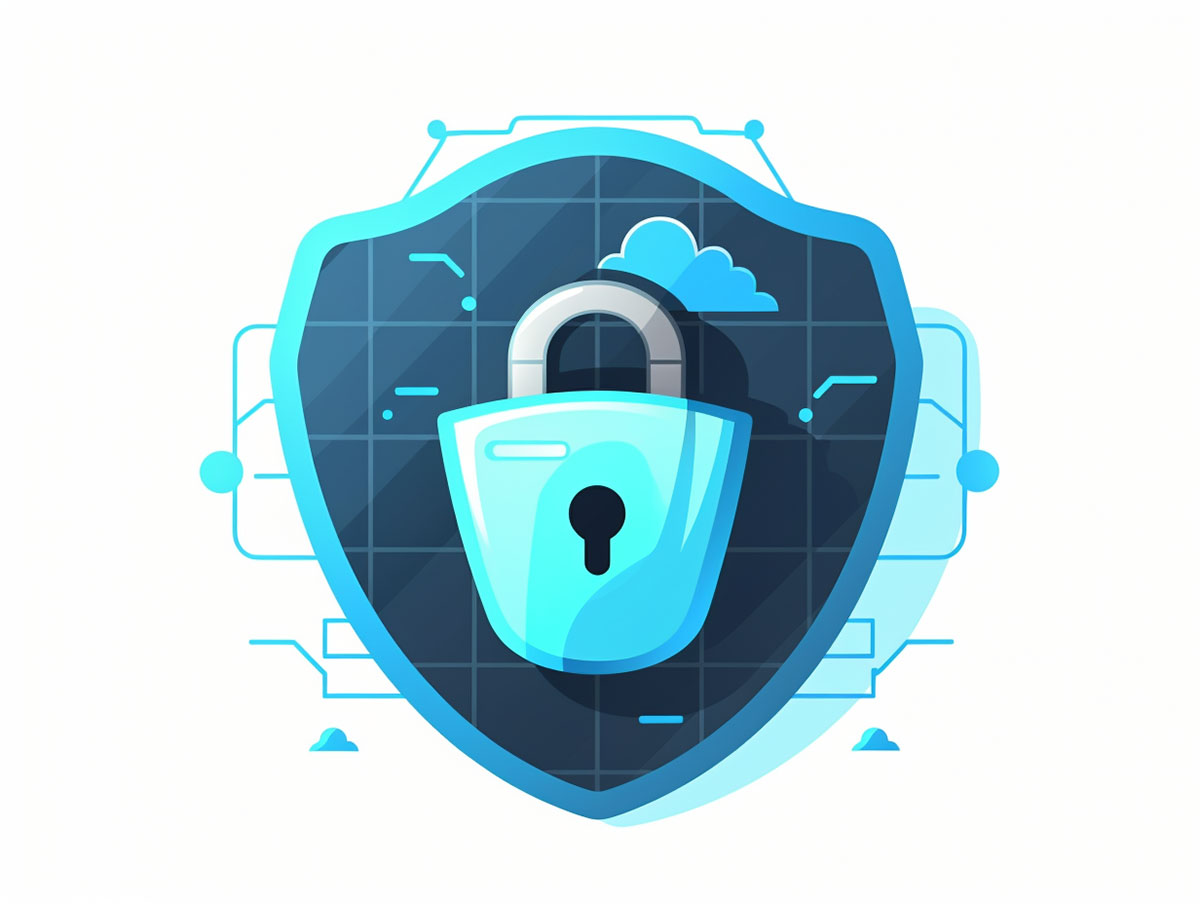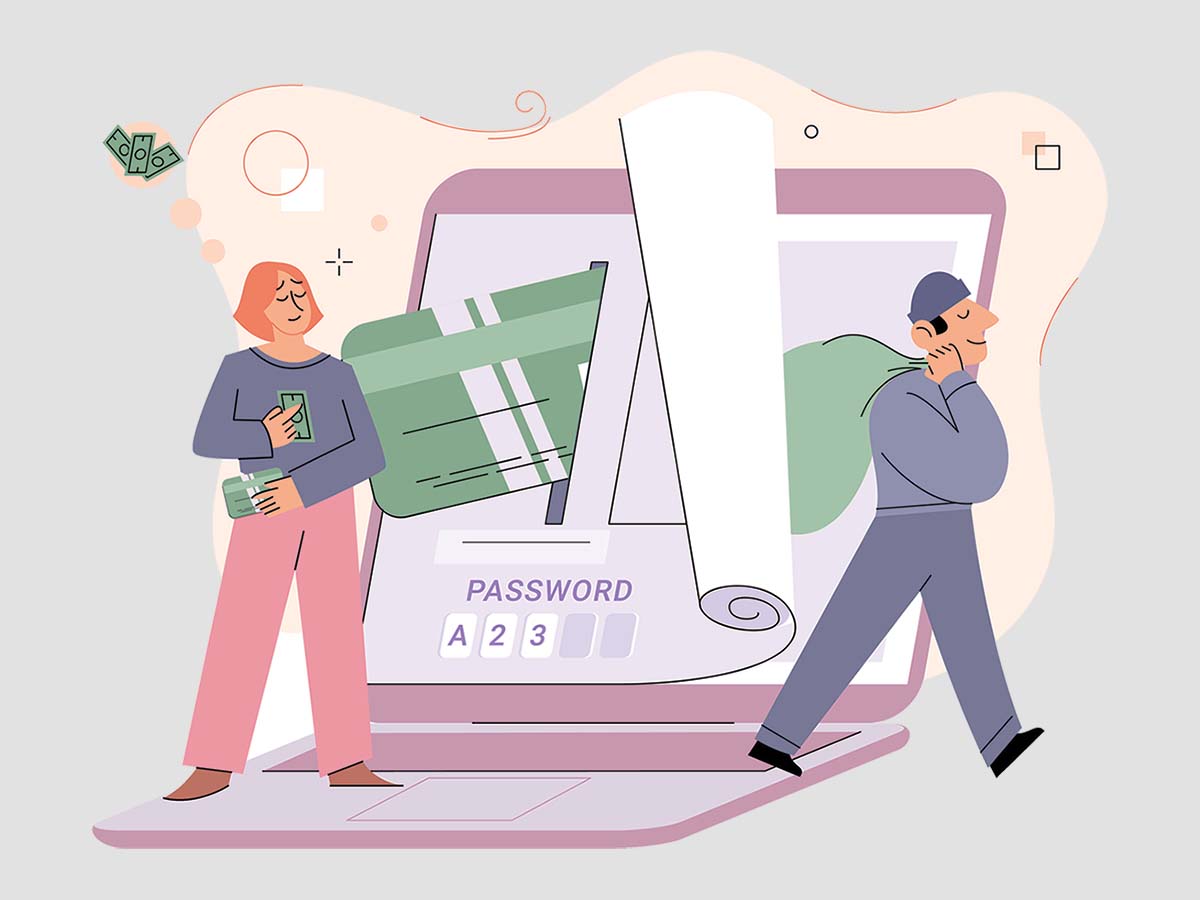An incident refers to any particular event that may potentially damage or disrupt a system or network’s normal operations, security policies, or user functionalities. It can include anything from data breaches, system intrusions, malicious uploads, to denial-of-service attacks and beyond.
Incident Examples
#1. Company’s Database Hack
In this example, a hacker gains unauthorized access to a company’s database. The hacker could exploit vulnerabilities within the system or use techniques like password cracking to gain access. The database might contain sensitive customer data, like personal identification details, credit card information, or even trade secrets. As a result, the acquired data may be misused in numerous harmful ways, such as identity theft, fraudulent transactions, or industrial espionage.

Stay One Step Ahead of Cyber Threats
Once an incident like this is detected, immediate action must be taken to stop ongoing data extraction, assess the extent of damage, and understand how access was gained. This understanding aids future preventive measures. Lastly, communicating transparently about the incident with customers and taking necessary actions like advising them to change passwords or monitor their bank accounts is essential to maintain trust.
#2. Phishing Attack Incident
In our second example, an employee in a company receives an email that seems to be from a managerial level executive or a trusted entity like the company’s IT department or bank. This email would typically request the employee’s login details or ask them to click on a link leading to a fake login page. Unaware of the deceit, the employee provides the crucial credentials to the scammer.
Such phishing attacks can lead to unauthorized access to systems, sensitive data theft, financial loss, or even direct manipulation of data. Upon detection, it requires immediate security action. It includes securing the breached accounts, assessing the damage, and strengthening email security protocols. Training employees on the recognition of such attacks plays a significant role in prevention, emphasizing the need for never sharing their login credentials.
#3. Denial of Service (DoS) Attack
In this third scenario, a website suddenly experiences an unusually high influx of traffic. This isn’t due to a surge in popularity or a successful marketing campaign, but a calculated attack aimed to overwhelm the website’s servers. This is known as a Denial of Service (DoS) attack. The attacker’s aim is to flood the network with more requests than it can handle, leading it to slow down or, in severe cases, completely crash.
During a DoS attack, legitimate users struggle to access the website due to excessive bogus traffic. Upon detecting such an attack, it’s vital to implement measures to filter out the fake traffic and restore service. Post-incident, it’s crucial to enhance network security and potentially invest in solutions that can better manage traffic spikes and prevent such incidents in the future.
Conclusion
In cybersecurity, incidents can vary greatly in nature, from database hacks to phishing and Denial of Service (DoS) attacks. Understanding these examples helps businesses build robust security measures and training programs, reducing the likelihood of such incidents and mitigating potential damage when they occur.
Key Takeaways
Related Questions
1. What is the difference between an incident and a breach in cybersecurity?
An incident refers to any event that may potentially harm an information system or data. A breach, on the other hand, is a type of incident where unauthorized individuals successfully gain access to secure data.
2. How can businesses beef up their security measures to prevent incidents?
Businesses can enhance their security by updating and patching their software regularly, educating their staff about potential cyber threats, using two-factor authentication, and employing a professional and up-to-date cybersecurity system.
3. What should a company do immediately after detecting a cybersecurity incident?
After detecting a cybersecurity incident, a company should first stop the ongoing breach, assess the extent of the breach, secure the predicated accounts, and investigate how the breach occurred. The incident should then be reported to the necessary authorities, and affected customers should be informed about the incident.
4. How do Denial of Service (DoS) attacks work?
DoS attacks work by overwhelming a system with more traffic than it can handle, causing the system to slow down or even crash. This is done by flooding the system with bogus requests, preventing legitimate users from accessing the system.
5. What’s the impact of a phishing attack?
A successful phishing attack can lead to unauthorized access to systems, data breaches, monetary losses, and could even damage a business’s reputation. Therefore, it’s crucial for businesses to educate their employees about recognising potential phishing attempts.
"Amateurs hack systems, professionals hack people."
-- Bruce Schneier, a renown computer security professional






